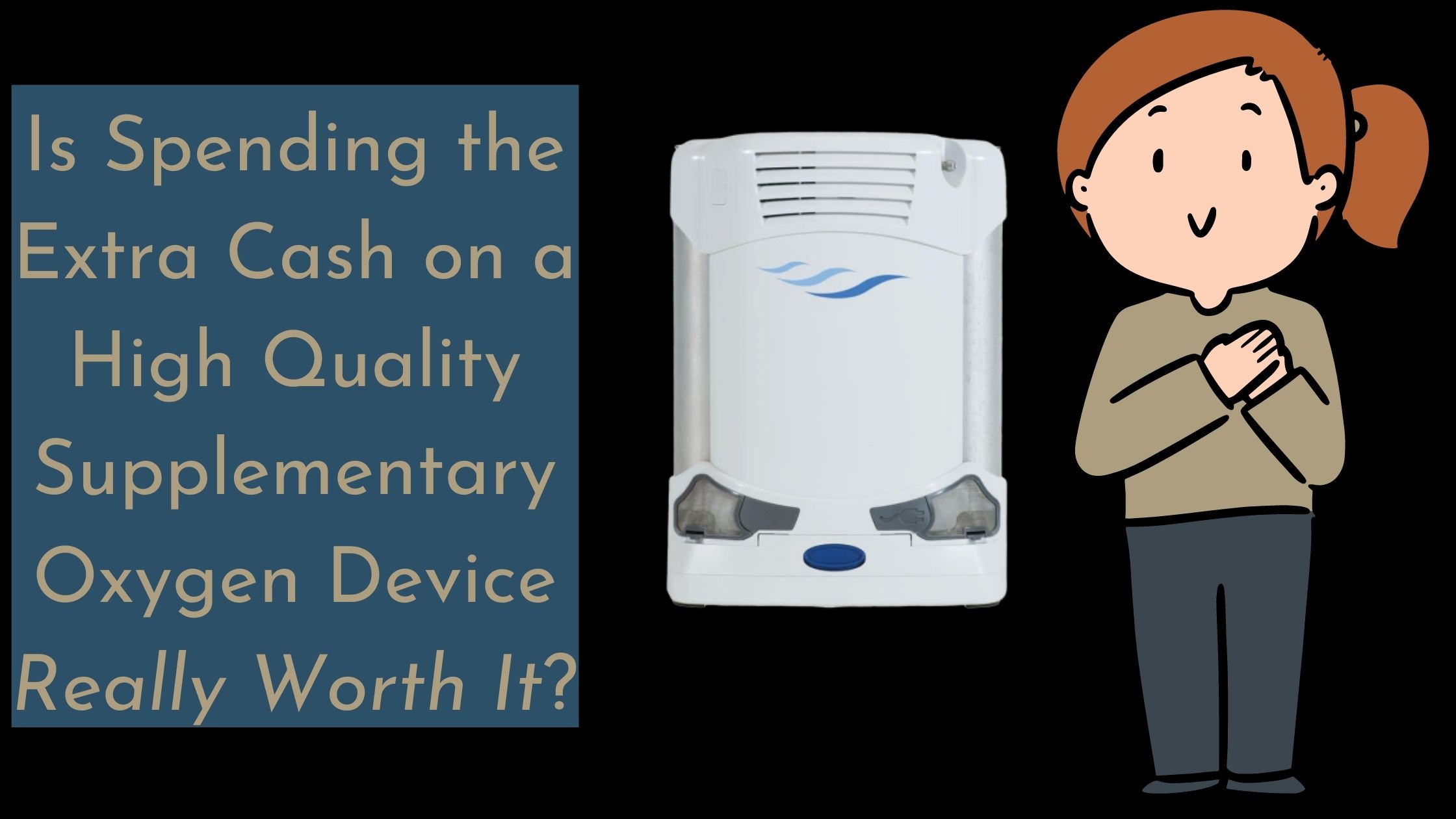
"Quality over quantity", we all know the saying, and there is a reason us here at LPT Medical are so keen about “quality” here is why:
The better quality product the happier the customer and the more we can grow! We are not in the business of cutting corners because no one is getting anything positive out of the type of market.
{{cta('fa8abc2a-1e88-4fa3-82fd-1cb5b9ed43b2','justifycenter')}}
If we can promise to offer our customers high quality portable oxygen concentrators we are doing our jobs right. In order to feel confident in our sales, we only work with reputable manufacturers in the industry.
This means we source products from brands like Inogen, Respironics, and others that we know from years of experience are going to fulfill our oxygen patients needs, but also give them a freedom and quality of life they wouldn't get with another oxygen device like an oxygen tank.
In this blog, we aren't talking about why and how portable oxygen concentrators are better than oxygen tanks. Instead we are discussing which types of portable oxygen concentrators are going to add value to you lives and which brands will not.
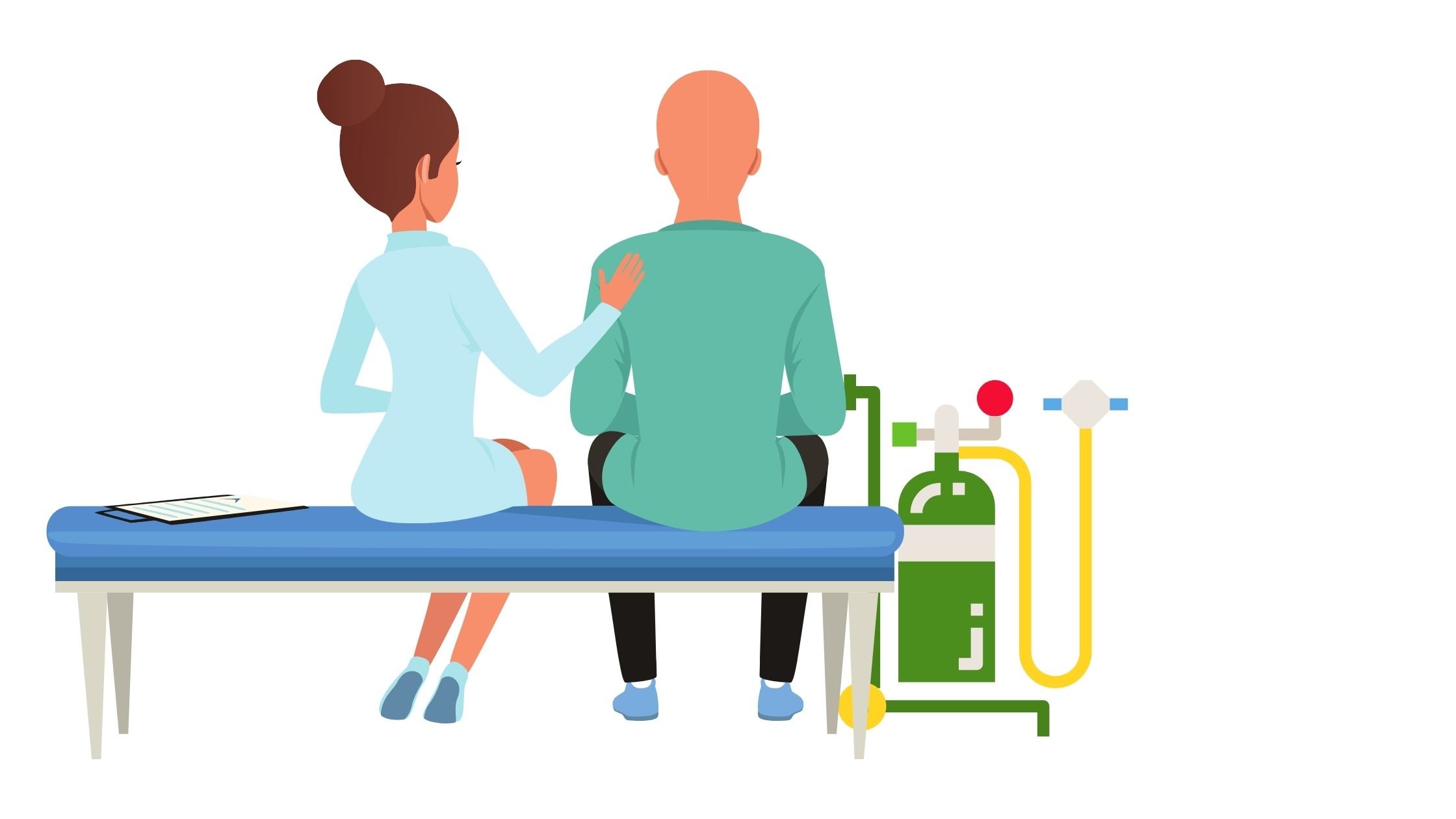
We get a lot of inquiries about the prices of portable oxygen concentrators, and it makes sense, these oxygen device aren’t cheap, and they are very rarely covered by insurance or medicare.
Read this blog linked to learn more about insurance and portable oxygen concentrators .
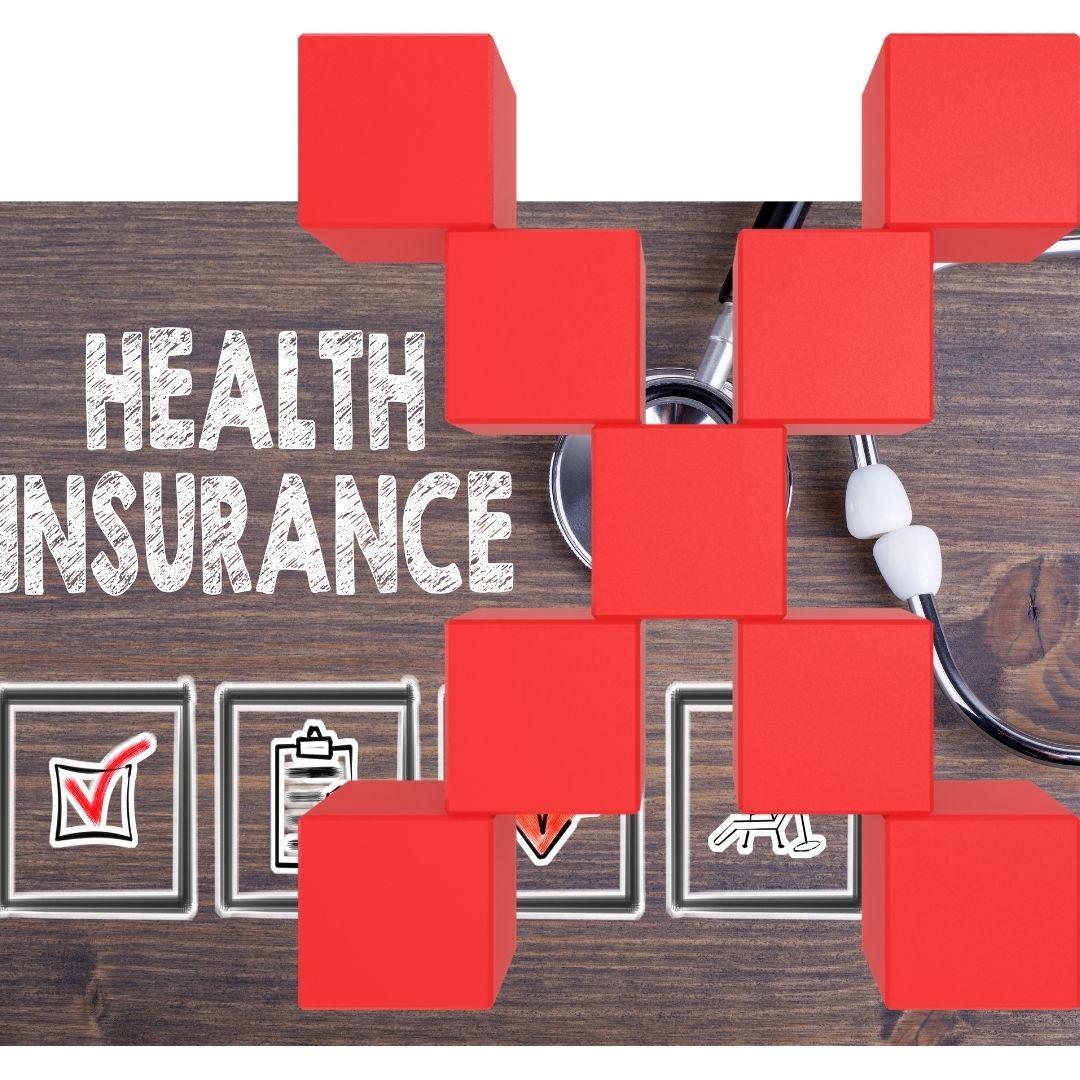
So why are they so valuable, and also how can you afford one?
As with anything, there are “knock offs”, which are cheaply made replicates of a high quality goods that are sold at a lower price point. This low price point is attractive to many buyers, but what they don't know is that these goods actually costing them more money in the long run because they either don’t work properly, break easily, or something else and they have to buy another.
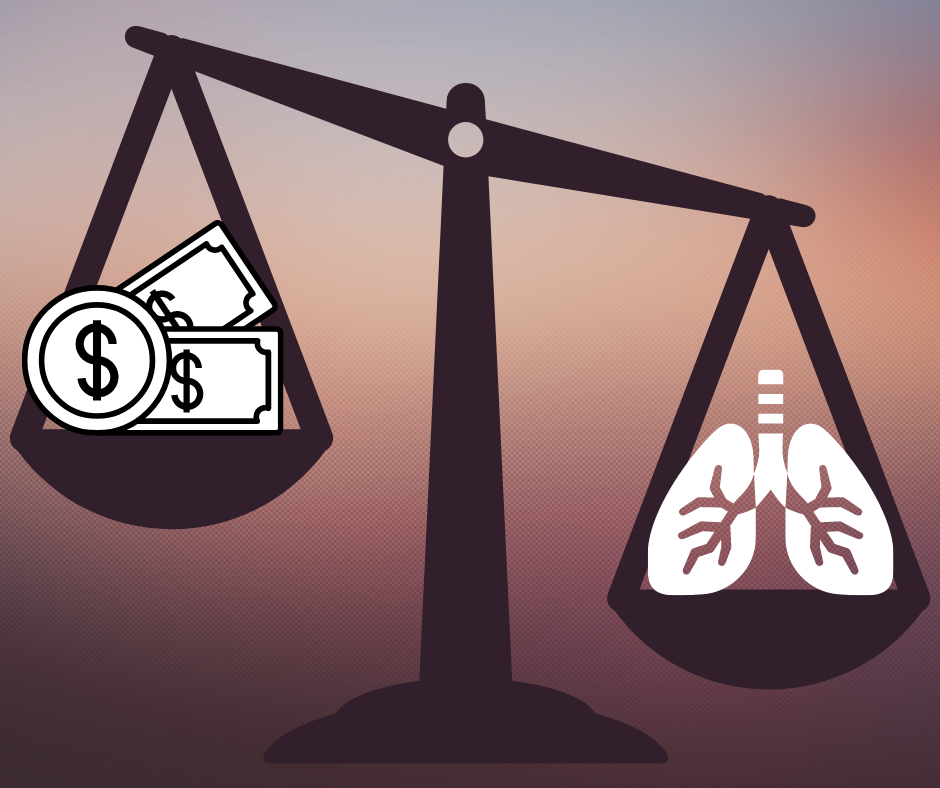
In the case of an oxygen device, buying knock off branded portable oxygen concentrators won’t just cost you more money, it will cost you your life.
Long term oxygen therapy, when used to treat a chronic illness such as chronic pulmonary respiratory disease (COPD) is a life saving therapy, and when done correctly, oxygen therapy adds years to a hypoxic patient's life.
To be “done correctly” in this context means that oxygen patients must be getting the proper dose of oxygen depending on the state of their condition and the potency of medical grade oxygen that they would be getting if their oxygen was sourced from the hospital in tanks, meaning at least 88% oxygen.
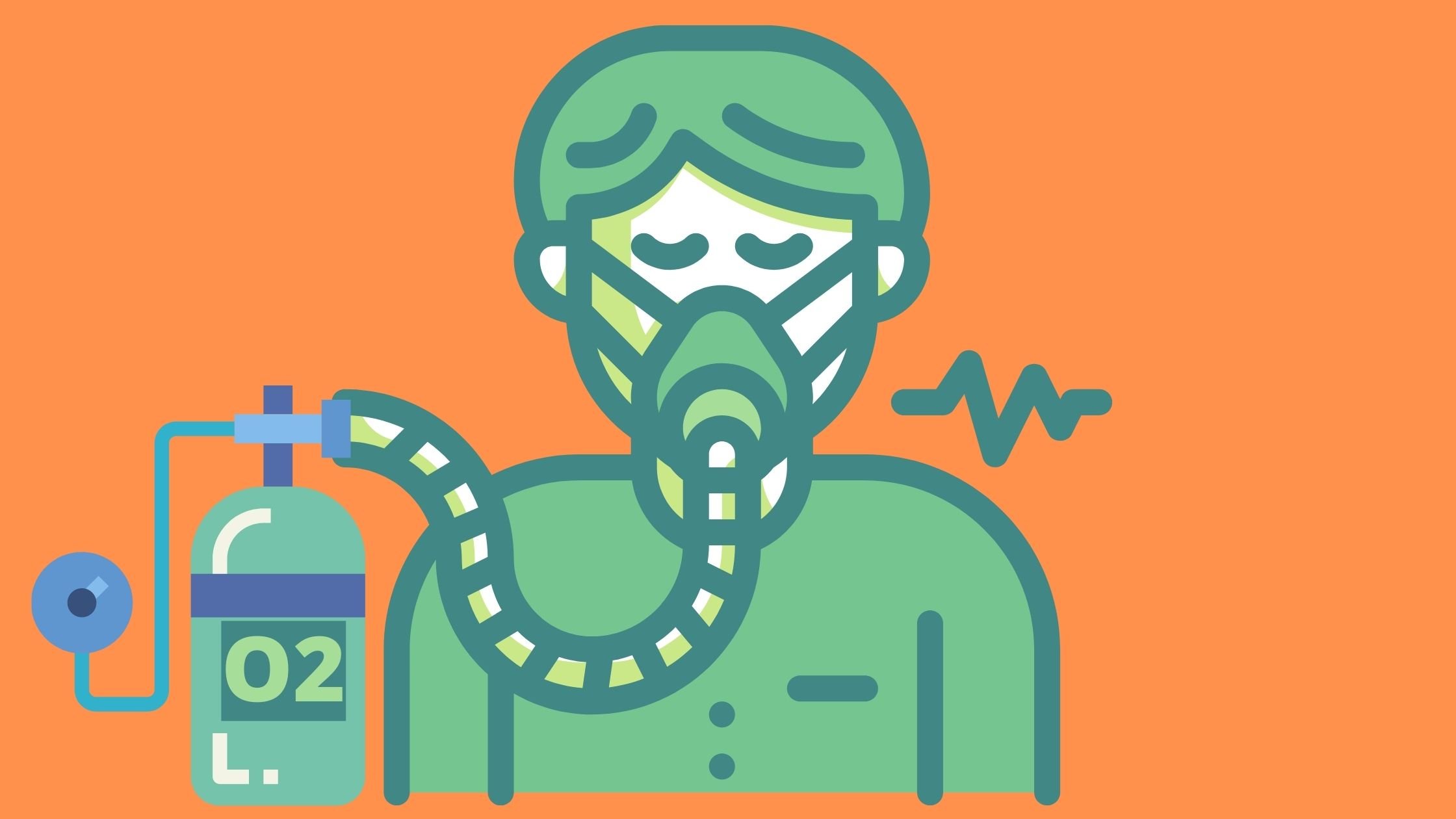
The air we breathe normally has oxygen with other gases mixed in, one being Nitrogen. Normal air is sufficient for someone that is healthy and does not have a respiratory disease, but for someone who’s lungs do not work well getting enough oxygen filtered through their lungs and into other parts of their bodies is insufficient.
Pure medical grade oxygen helps lung patients filter the air they breathe so that it can be pumped through their blood and into muscle and tissues efficiently.
Oxygen Tanks
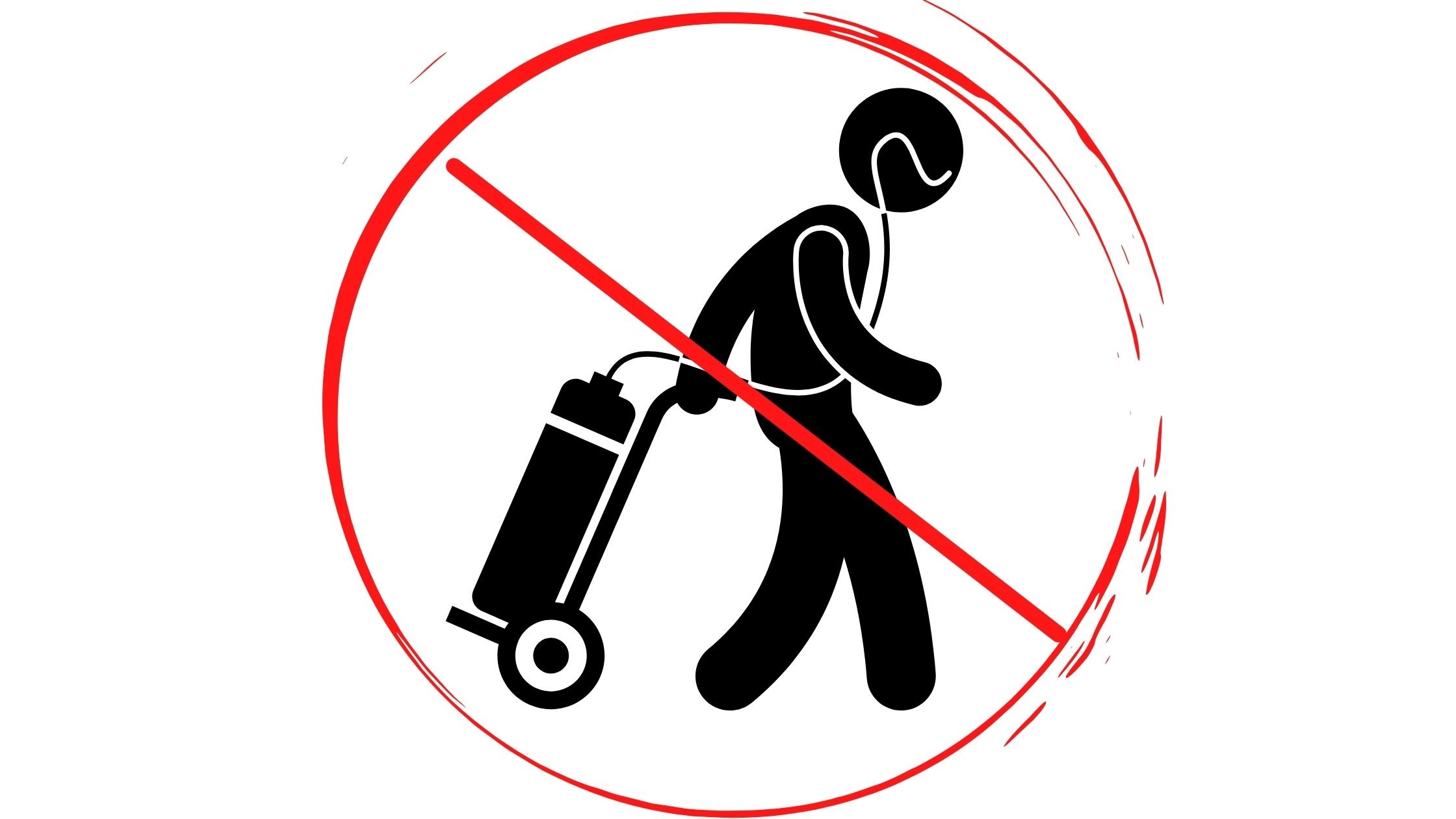
This is why having an oxygen tank is an option for respiratory patients to get their medical grade oxygen. Oxygen tanks are filled with medical grade oxygen, and its components are different from the air we breathe normally. However there are many downsides to owning an oxygen tank:
Oxygen tanks are heavy and cumbersome. For oxygen patients who already have trouble getting around are subjected to carry a hunk of metal around with them. Medical grade oxygen should be helping them maintain a healthy lung capacity and give them the ability to breathe easier, but the weight alone can contradict all of the benefits supplemental oxygen therapy has to offer.
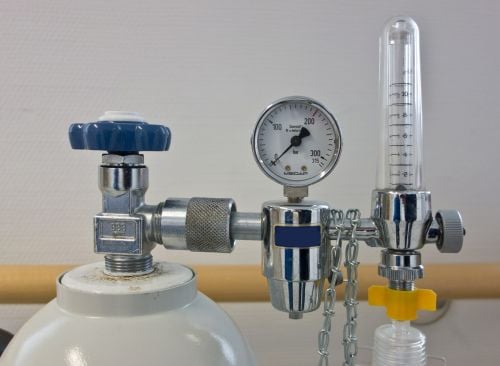
Tanks also require consistent refilling, this takes away time and money from oxygen patients who may not have much of either of those things. Waiting around for the oxygen delivery service to come to your home and refill your tanks takes up precious time you could be spending on your own accord doing what you prefer to be doing.
Getting the tanks refilled also costs money every time, and while the costs seem relatively low, most patients get their tanks refilled every other week, so over the years these little payments add up drastically.
Travel is also a major factor for oxygen patients, and with tanks, don’t even think about getting on an airplane. And if you do decide to travel by plane, be ready you spend an arm and a leg renting an oxygen device for the plane and once you land at your destination.
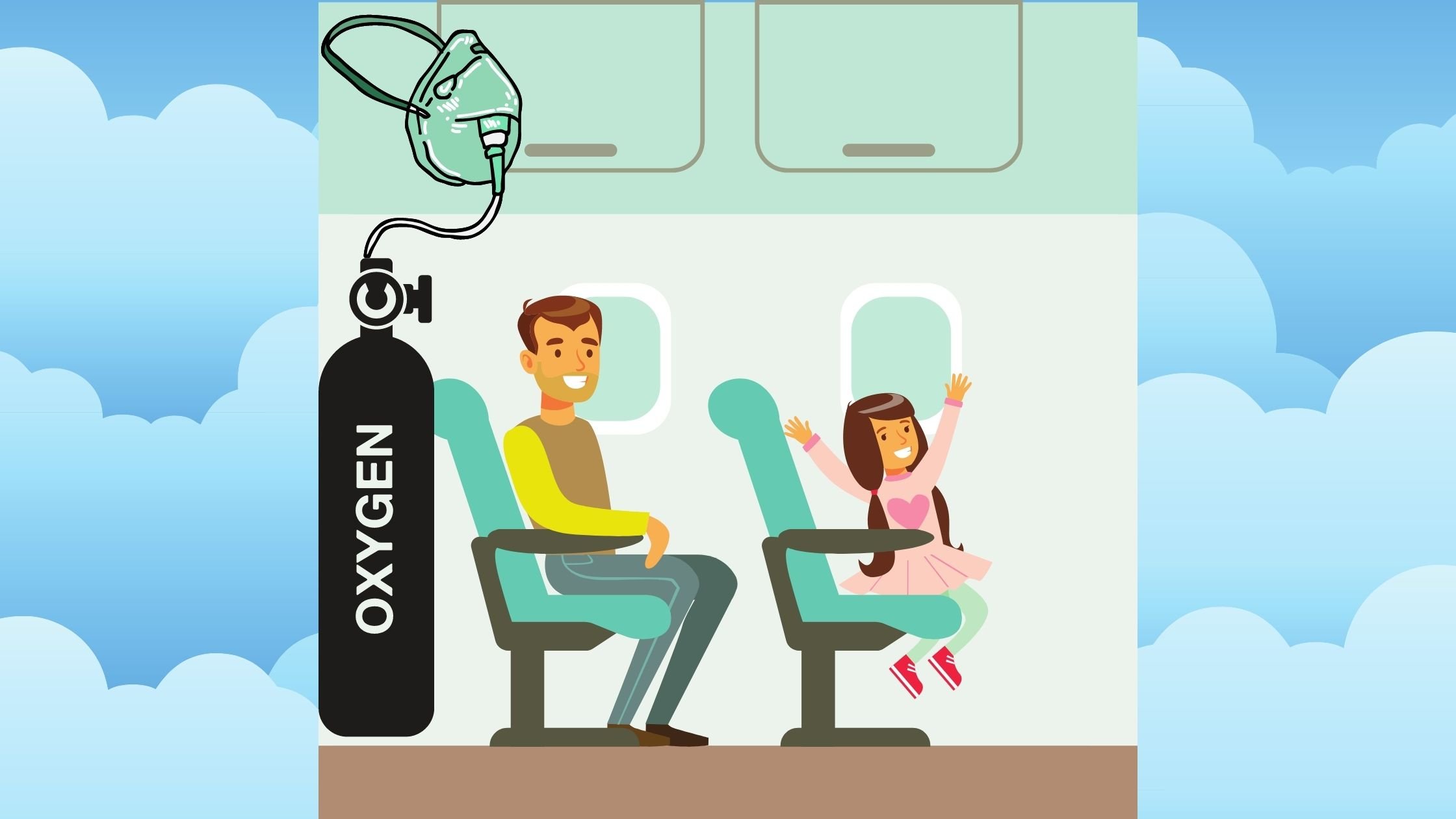
Portable Oxygen Concentrators
The best and most affordable alternative for oxygen therapy devices is a portable oxygen concentrator (POC), but the type and brand of POC matters a lot, because a low quality device is not going to give the oxygen user the benefits they need from oxygen therapy.

In order to reap the benefits of a POC and oxygen therapy, one must be willing to pay for a high quality device.
Watch this short video to learn about the basic difference between a cheap POC devices that anyone can buy off of amazon, and a medically approved device sold by LPT Medical:
LPT medical is a licensed distributor of oxygen devices, meaning we requires a doctor's prescription for you to order an oxygen from us. This is important for a number of reasons:
First of all, you know you are getting a reliable oxygen device that operates properly, but you also get a 3 year long warranty on new devices that gives you the peace-of-mind if something malfunctions with your device you will be covered. You also know that the device is purifying you oxygen so that it is meeting your necessary requirements for oxygen therapy.
If you are interesting in learning about the Caire Freestyle Comfort that is displayed in this video, or any of our other device, please call us at 1(800)-946-1201.


